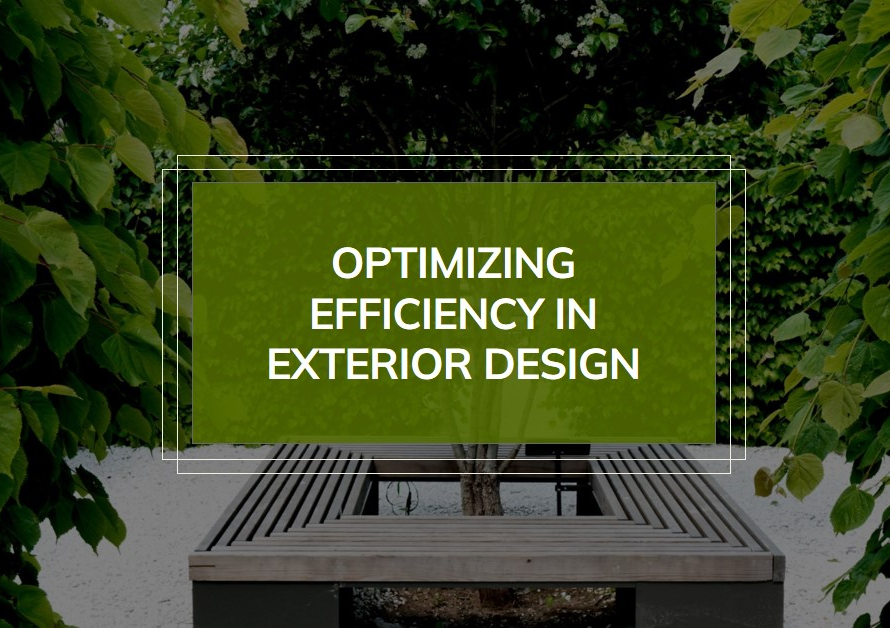
Table of Contents
Unveiling the Beauty: The Art of Architectural Visualization
Architectural Visualization, In the realm of architecture, visualization serves as the conduit between imagination and reality, breathing life into designs that exist initially only on paper or in the mind’s eye. It is the transformative force that enables architects, designers, and clients alike to envision spaces before they are built, fostering understanding, collaboration, and ultimately, exceptional outcomes. In this exploration of architectural visualization, we delve into the profound impact it has on the design process and the built environment, uncovering the manifold ways it shapes our world.
From Concept to Creation: The Genesis of Architectural Visualization
At the genesis of every architectural project lies an idea, a spark of creativity waiting to be nurtured into fruition. Architectural visualization serves as the catalyst in this process, translating abstract concepts into tangible forms that stakeholders can comprehend and engage with. Through the use of cutting-edge software and technologies, architects are able to craft immersive visual experiences that depict every facet of a design, from its overall aesthetic to its smallest details. This not only facilitates communication and alignment among project teams but also empowers clients to make informed decisions about their spaces, ensuring that the final outcome aligns with their vision and objectives.
The Power of Perspective: Communicating Design Intent
Perspective is paramount in architecture, as it shapes how we perceive and interact with the spaces around us. Architectural visualization harnesses the power of perspective to convey design intent with clarity and precision. By presenting multiple viewpoints, such as aerial shots, interior walkthroughs, and street-level renderings, designers are able to articulate the spatial qualities and experiential aspects of a project in a compelling manner. This enables stakeholders to envision themselves within the space, fostering a deeper understanding of its functionality, flow, and aesthetic appeal. Whether it’s a sleek urban skyscraper or a tranquil residential retreat, architectural visualization enables designers to evoke emotion and tell a story through their designs, creating meaningful connections with those who will inhabit the spaces they create.
Beyond Boundaries: Expanding the Possibilities of Design
In the digital age, architectural visualization transcends the constraints of traditional design mediums, opening up new horizons of creativity and exploration. With advancements in virtual reality (VR) and augmented reality (AR) technologies, architects are able to immerse themselves and their clients in fully-realized environments, offering a glimpse into the future before a single brick is laid. This not only enhances the design process by enabling real-time feedback and iteration but also fosters a deeper sense of engagement and ownership among stakeholders. Moreover, architectural visualization allows designers to push the boundaries of what’s possible, experimenting with unconventional forms, materials, and spatial arrangements to create truly innovative and iconic structures that defy convention and inspire awe.


Visualization as Innovation: Pushing the Envelope of Design
Innovation is at the heart of architectural visualization, driving continuous evolution and improvement within the field. By embracing emerging technologies such as parametric design, generative algorithms, and artificial intelligence, architects are able to push the envelope of what’s possible, unlocking new realms of creativity and efficiency. Parametric design, for example, enables designers to explore a multitude of design iterations based on predefined parameters, allowing for rapid exploration and optimization of complex forms and geometries. Likewise, generative algorithms empower designers to harness the power of computation to generate novel design solutions that are both efficient and elegant. By integrating these cutting-edge tools and techniques into their workflow, architects are able to stay at the forefront of innovation, delivering projects that not only meet but exceed the expectations of their clients and the broader community.
From Pixels to Reality: Bridging the Gap Between Vision and Execution
The ultimate test of architectural visualization lies in its ability to bridge the gap between vision and execution, transforming digital renderings into physical reality. Through close collaboration with engineers, contractors, and craftsmen, architects work tirelessly to ensure that every aspect of the design is realized with precision and accuracy. This involves translating complex geometries into buildable structures, selecting materials that meet both aesthetic and performance criteria, and overseeing the construction process to ensure quality and adherence to design intent. While challenges may arise along the way, architectural visualization serves as a guiding light, providing a clear roadmap for bringing designs to life in the most faithful and impactful manner possible.
Empowering Creativity: The Democratization of Architectural Visualization
In the past, architectural visualization was largely the purview of a select few with access to specialized tools and expertise. However, with the advent of user-friendly software platforms and online resources, the barriers to entry have been significantly lowered, democratizing the process and empowering designers of all backgrounds to bring their visions to life. From hobbyists experimenting with 3D modeling to professionals seeking to streamline their workflows, architectural visualization has become more accessible and inclusive than ever before. This democratization not only fosters greater diversity and innovation within the field but also enables more meaningful engagement with the broader community, as architects strive to create spaces that resonate with people from all walks of life.
A Sustainable Future: Designing with Purpose and Purpose
As we stand on the cusp of a new era of environmental consciousness, the role of architectural visualization in shaping sustainable built environments has never been more crucial. By integrating principles of sustainability and resilience into their designs from the outset, architects are able to leverage visualization tools to model and simulate the performance of buildings in various contexts and scenarios. This enables them to optimize energy efficiency, minimize environmental impact, and enhance occupant comfort and well-being, creating spaces that not only endure but thrive in harmony with their surroundings. Moreover, architectural visualization serves as a powerful advocacy tool, enabling designers to communicate the benefits of sustainable design to clients, policymakers, and the public at large, inspiring collective action and driving positive change for generations to come.
The Legacy of Visualization: Shaping the Built Environment for Generations
In conclusion, architectural visualization is not merely a tool or technique but a transformative force that shapes the built environment and influences the way we experience the world around us. From its humble beginnings as hand-drawn sketches to its current incarnation as immersive digital experiences, visualization has evolved alongside the practice of architecture, enriching the design process and expanding the possibilities of what we can create. As we look to the future, it is clear that the power of architectural visualization will continue to drive innovation, foster collaboration, and shape the legacy of design for generations to come.


